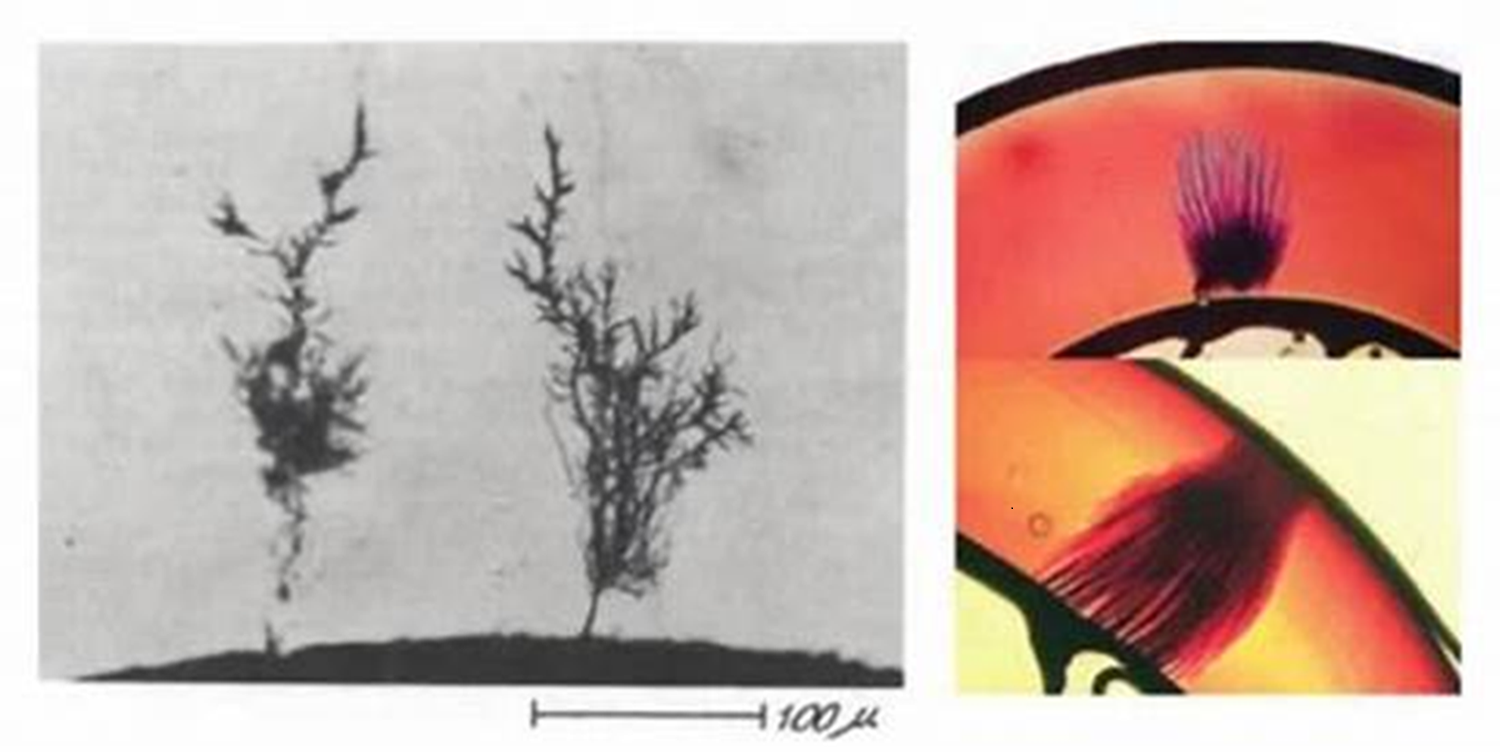What is the TR XLPE (Tree Retardant Cross-Linked Polyethylene) insulation?
If you are involved in cable manufacturing or selection, understanding the importance of insulation materials like TR XLPE is crucial. These materials offer enhanced performance, especially in environments prone to electrical failures.
This article will explore what TR XLPE insulation is, how it benefits cables, and why it’s increasingly used in applications requiring robust performance and long-term reliability.
What is Water Treeing in Cable?
Water treeing is a phenomenon that occurs when water or moisture infiltrates the insulation of electrical cables, causing microscopic pathways or "trees" to form within the material. Over time, these water trees can grow, leading to the breakdown of the insulation and increasing the risk of electrical failure. Water treeing is particularly problematic in high-voltage cables used in environments where water exposure is common, such as underground or underwater installations.
In cables, water treeing can lead to serious long-term issues. It weakens the insulation, causing it to crack, degrade, and lose its effectiveness, potentially leading to short circuits or power outages. As a result, addressing water treeing in cable insulation is essential to maintaining the integrity and reliability of electrical systems.
Understanding how to prevent water treeing is critical when selecting cable insulation materials. This is where advanced insulation technologies, like TR XLPE, come into play, offering better resistance to water treeing and improving the overall lifespan of cables in challenging environments.
| Factor | Description | Impact on Cables |
|---|---|---|
| Water Treeing | Moisture penetration causing degradation | Leads to insulation breakdown and electrical failure |
| TR XLPE Insulation | High resistance to water and moisture | Reduces the risk of water treeing in cables |
What is TR XLPE (Tree Retardant Cross-Linked Polyethylene) Insulation?
TR XLPE is a specialized form of cross-linked polyethylene (XLPE) insulation that is designed to be resistant to the growth of water trees. Unlike traditional XLPE, which can still suffer from water treeing, TR XLPE contains additives that inhibit the formation of water trees, even in the presence of moisture. This makes TR XLPE a superior choice for high-voltage cables and other critical electrical systems where moisture and environmental exposure are common.
The main benefit of TR XLPE insulation is its enhanced electrical properties and long-term reliability. It offers excellent dielectric strength, which is crucial for maintaining the integrity of the cable’s insulation under high-voltage conditions. Additionally, TR XLPE has superior resistance to thermal aging, UV exposure, and chemical damage, making it suitable for use in a wide range of environments.
The unique properties of TR XLPE insulation make it an ideal solution for cables used in harsh environments, including those exposed to water, heat, and UV radiation. Let’s explore some of the key benefits of using TR XLPE in cables.
| Property | Benefit of TR XLPE | Application |
|---|---|---|
| Water Tree Resistance | Prevents formation of water trees | Ideal for high-voltage cables |
| Dielectric Strength | Superior electrical insulation | Suitable for high-voltage and industrial cables |
| Durability | Long-lasting in harsh conditions | Outdoor, underground cables |
What Are the Key Benefits of TR-XLPE Insulated Cable?
TR XLPE insulated cables offer numerous advantages over traditional cable insulation materials, particularly in terms of performance and longevity. Some of the key benefits include:
- Resistance to Water Treeing: The primary benefit of TR XLPE insulation is its resistance to water treeing. This is crucial for cables exposed to moisture or underwater environments, where water treeing could otherwise lead to premature cable failure.
- Enhanced Electrical Performance: TR XLPE offers excellent dielectric properties, meaning it can withstand high electrical stress without breaking down. This makes it ideal for high-voltage applications.
- Improved Durability: TR XLPE is highly resistant to temperature fluctuations, UV radiation, and chemical exposure, ensuring that cables maintain their performance over time, even in harsh environments.
- Longer Lifespan: The added resistance to environmental stresses means that TR XLPE-insulated cables typically have a longer operational life, reducing the need for frequent replacements or repairs.
- Lower Maintenance Costs: Due to its durability and resistance to damage, TR XLPE cables require less maintenance over their lifespan, resulting in cost savings for cable operators and users.
These benefits make TR XLPE insulation a preferred choice for cable manufacturers and end-users who need reliable, long-lasting cable solutions. Below, we explore the specific applications and how TR XLPE helps different industries.
Conclusion: Why TR XLPE Insulation Is Crucial for Reliable Cable Systems?
TR XLPE insulation is a game-changer for cables exposed to harsh environments. It significantly improves water resistance, electrical performance, and durability, making it an ideal choice for high-voltage cables, especially in areas with high moisture exposure.
By choosing TR XLPE insulation, you ensure that your cables remain reliable and efficient, reducing maintenance costs and increasing the lifespan of your electrical systems.
FAQ
1. What is water treeing in cables?
Water treeing is the formation of microscopic paths within the cable insulation when exposed to moisture, leading to degradation and potential cable failure.
2. How does TR XLPE prevent water treeing?
TR XLPE contains additives that inhibit the formation of water trees, ensuring the insulation remains intact even in moist environments.
3. What are the benefits of TR XLPE insulation?
The key benefits of TR XLPE include resistance to water treeing, enhanced electrical performance, improved durability, longer lifespan, and lower maintenance costs.
4. How does TR XLPE compare to traditional XLPE insulation?
TR XLPE offers superior water resistance, making it more reliable for high-voltage applications, especially in wet or submerged environments.
5. Where is TR XLPE insulation typically used?
TR XLPE is ideal for high-voltage cables used in outdoor, underground, and marine environments, where moisture exposure is a significant concern.

